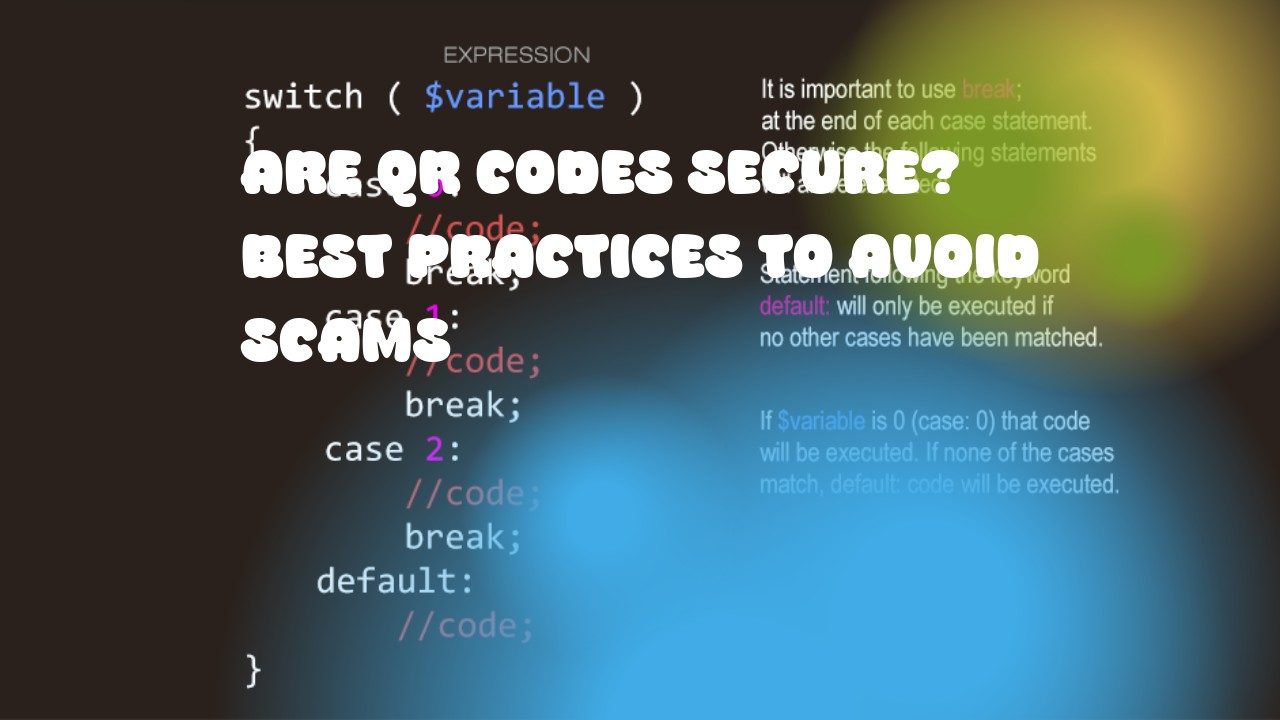QR codes can be secure, but they should be used properly to avoid scams. Here are some best practices to help you ensure the security of your QR codes:
-
Use a unique and memorable code: A QR code can only scan once. If someone knows the QR code, it could be used for malicious purposes. Therefore, use a unique and memorable code that is not easily guessable or shared with others.
-
Encrypt the data before encoding: Encode your QR code using a secure encryption method such as AES (Advanced Encryption Standard). This will make it more difficult for hackers to read the data in the QR code.
-
Validate the data before scanning: When the QR code is scanned, validate the data to ensure that it is not corrupted or manipulated. You can use a checksum algorithm to verify the integrity of the data.
-
Use HTTPS instead of HTTP: Most QR codes contain links to websites or applications. Therefore, ensure that you are using HTTPS instead of HTTP when creating your QR code to prevent man-in-the-middle attacks and malware.
-
Keep your QR code updated: If the data in the QR code changes frequently, make sure to update it regularly to avoid scams.
-
Use a trusted third-party service: If you are unsure about creating or scanning a QR code, consider using a trusted third-party service such as Google's QR Code generator. They have more security features and are less likely to be scammed.
By following these best practices, you can help ensure the security of your QR codes and avoid scams.

